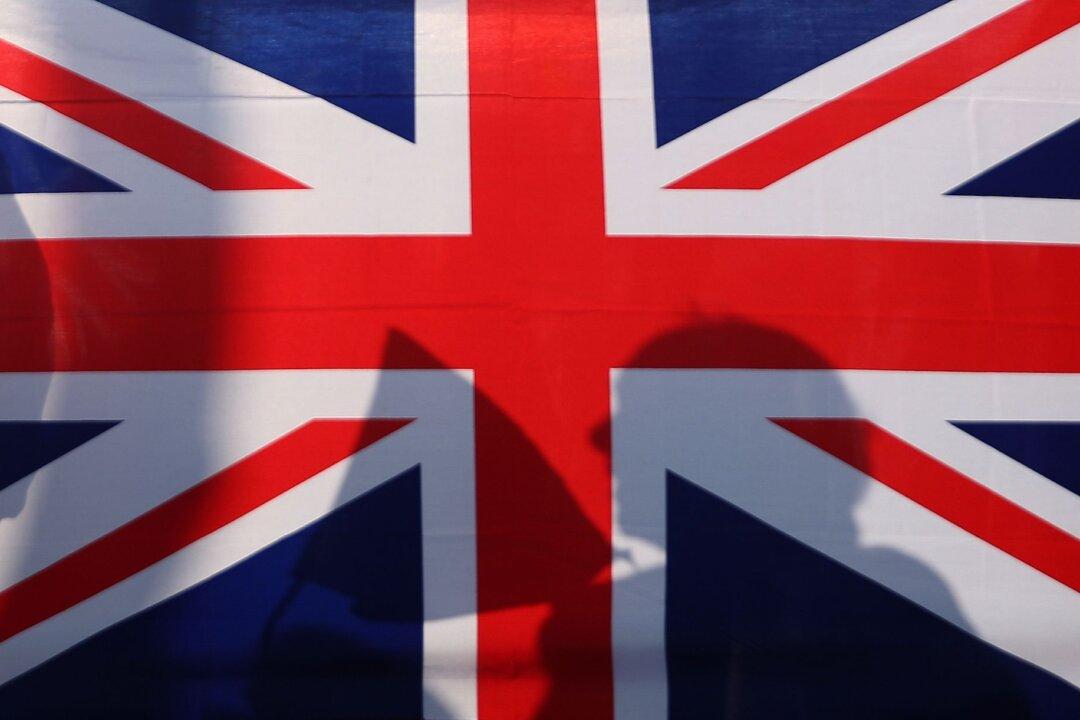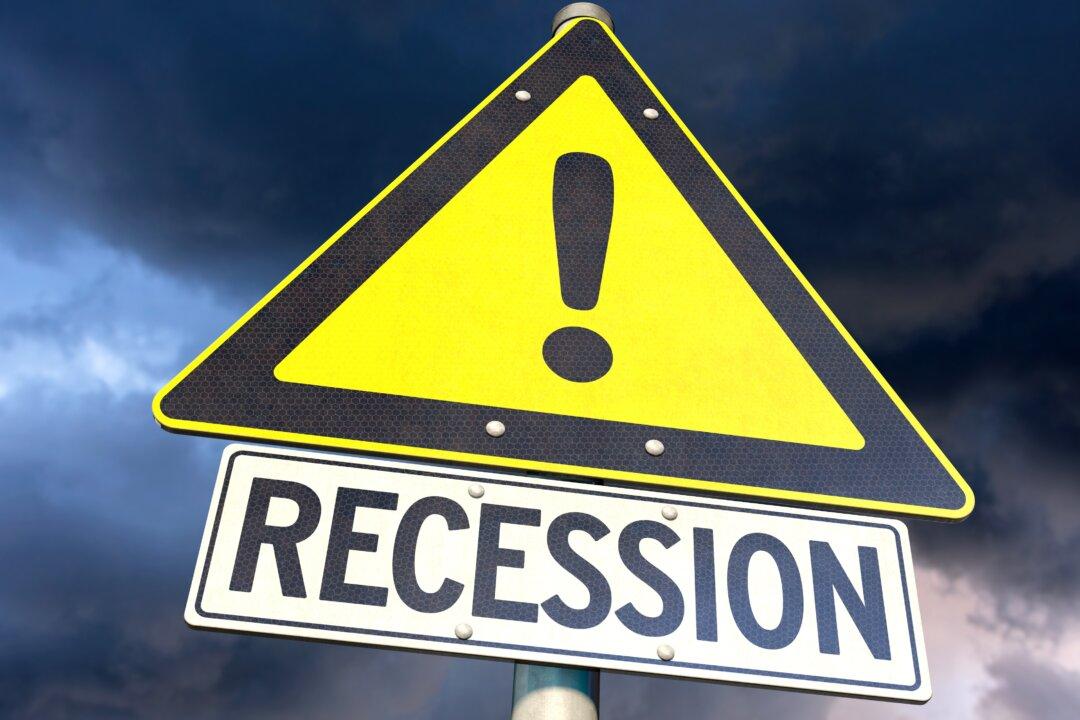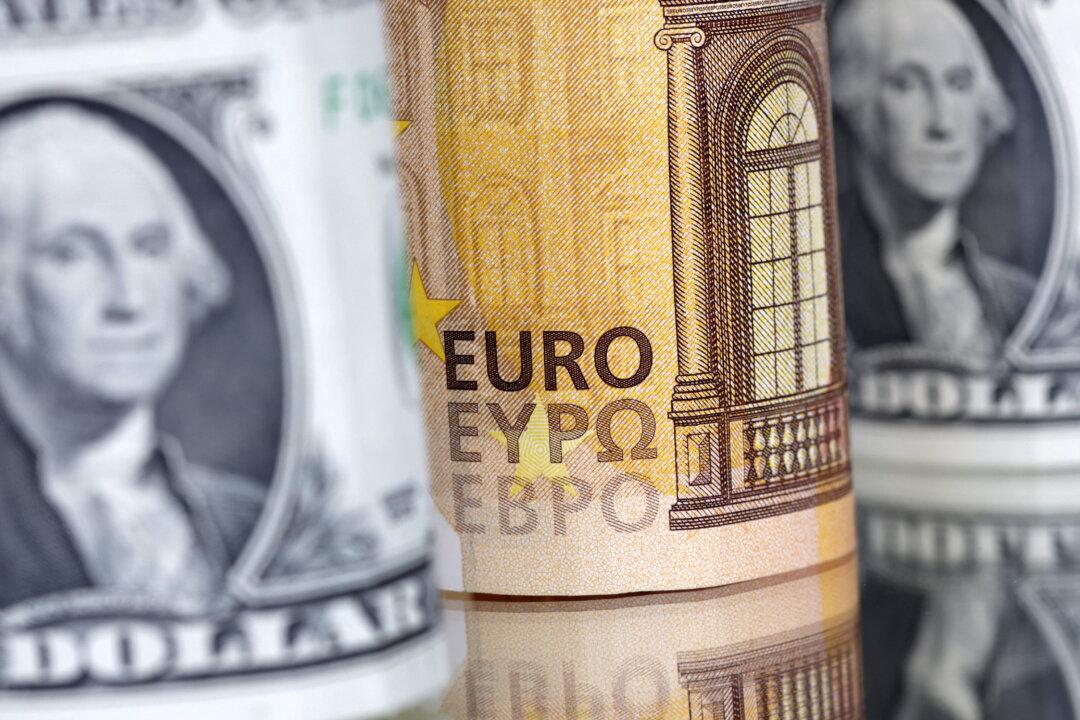Commentary
First Britain, now Switzerland. The United Kingdom’s massive fiscal mess has made all the news, capturing the world’s attention for its sudden descent into drama more typical of undeveloped countries. London hadn’t always been the clean money center it now projects in recent decades. The pound had experienced almost frequent problems under the previous “controlled” socialisms during the 1950s and 1960s.





